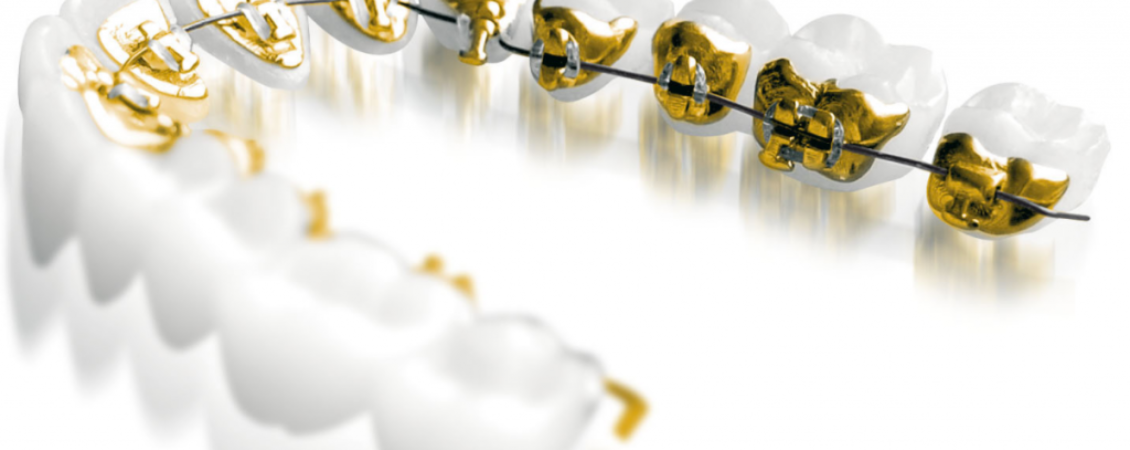Are you considering an alternative to regular braces? Haven’t heard of lingual braces before? Well that’s because lingual braces are a relatively unknown treatment option that’s becoming increasing popular with adults. Also known as ‘inside braces’, lingual braces are placed on the inside of the mouth as opposed to on the outside. This makes them practically invisible and uniquely hidden when you smile. We’ll break down the advantages and disadvantages of lingual braces and roughly how much they cost.
What are they?
Regular metal braces, as most people know, are attached to the front of the teeth. Lingual braces are unique in the fact that they are placed on the back of the teeth, making them virtually invisible. For this reason, they are much more popular with adults for need a treatment that isn’t as noticeable.
Just like regular metal braces, they are custom-made by your orthodontist for your specific treatment plan. They also work the same way with customised wires and brackets created to fit along the line of your teeth and help to gradually move them into the desired position.
Advantages of Lingual Braces
The biggest advantage of lingual braces and the main reason for their popularity, is their virtually invisible nature. Being on the inside of the mouth, they are far less conspicuous than metal braces, and aren’t as apparent when your smiling.
Lingual braces also have a few advantages over other invisible treatment options such as Invisalign. They work in the same way as conventional braces, by allowing the dentist much more control over the movement of the teeth. Invisalign on the other hand uses a series of moulded trays that don’t allow the orthodontist as much freedom. As well as this, lingual braces are fixed in position and therefore patient compliance is never a problem.
Disadvantages of Lingual Braces
There are also a couple of drawbacks to lingual braces that may need to be considered before starting treatment. The biggest issue posed by lingual braces is that in the beginning stages, they can be difficult to get used to and wear. Generally, it’s more difficult and can take longer to get used to wearing lingual braces than it does conventional ones. This is because problems may arise with the braces irritating the tongue. Disruption of speech is also very common and for at least the first few weeks they can be very sore.
Another disadvantage to lingual braces is appointment time. Each individual appointment will probably require more time than it would with front-side braces. The more difficult to access location makes it trickier to perform certain tasks, so allowing extra time for each consultation is typical.
Most Orthodontists will recommend lingual braces as an alternative to conventional braces, however, bear in mind that not all practices have this treatment option.
How much do they cost?
The reality is, lingual braces tend to cost more than traditional braces, generally costing twice as much. This is partly because of the cost of materials and the extra lab services required. The brackets and wires used with regular braces are mass-produced where-as lingual braces are entirely custom made in a laboratory to perfectly fit your teeth.
Lingual braces treatment also requires more frequent appointments and longer appointment, thus increasing the cost. Although more expensive, the costs will obviously vary on a case-by-case basis.

